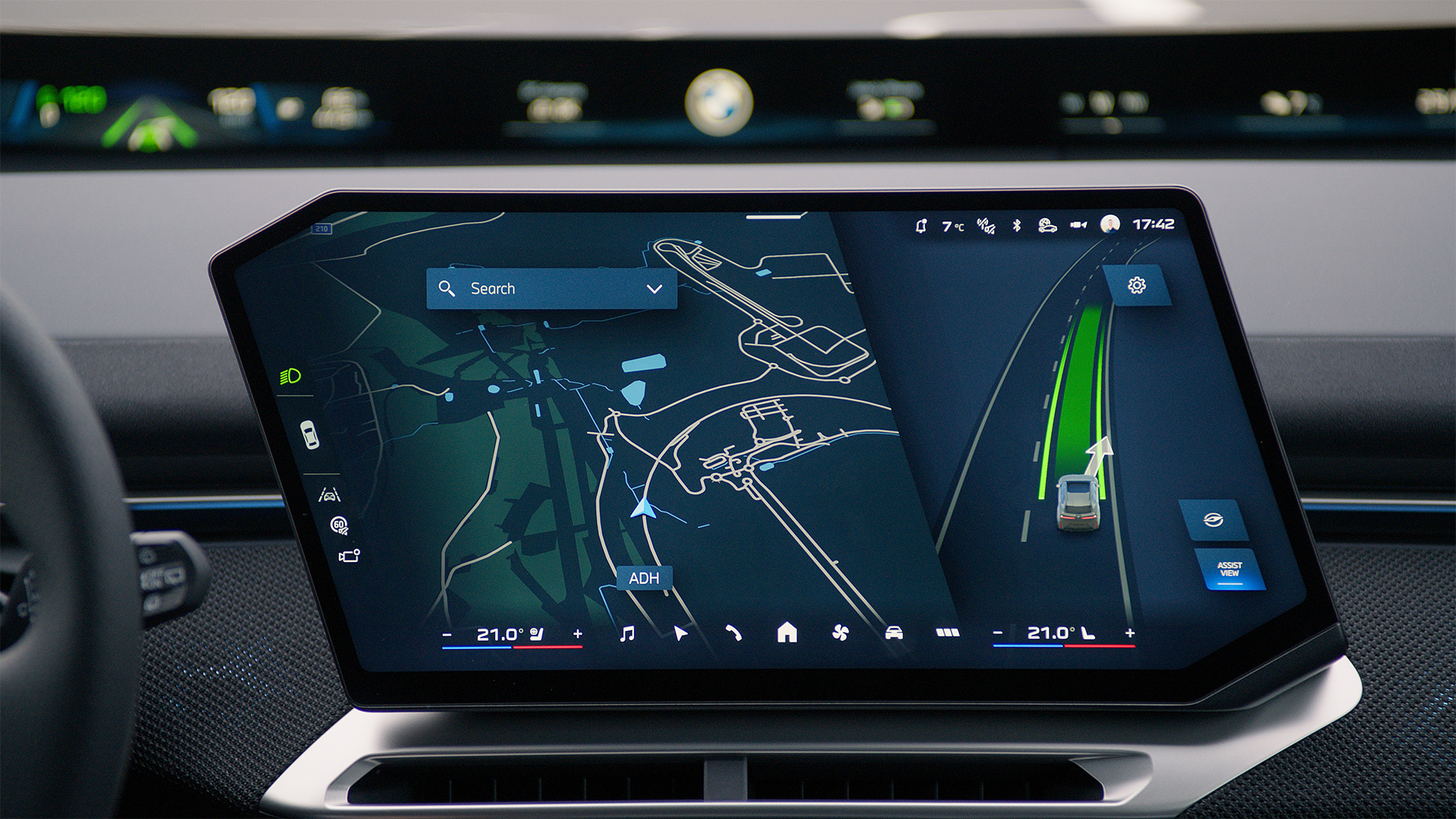- The BMW iX3 ‘Neue Klasse’ receives approval for assistance systems
- Regulation will accelerate the deployment of autonomous driving technology
- iX3 enables hands-off driving at highway speeds and in cities
BMW has become the first manufacturer to receive approval of the newly established United Nations Regulation No. 171 for Driver Control Assistance Systems (DCAS), allowing the company to offer its Highway Assist with Level 2 “hands-off” driving to more countries and markets.
To this point, Germany’s Federal Motor Transport Authority has granted several exemptions for the country’s largest automakers to offer advanced levels of autonomous driving on public roads, and both Mercedes-Benz and BMW are legally allowed to offer Level 3 “hands off/eyes off” in very strict driving scenarios.
However, the confusing patchwork of legal frameworks that exist in other European countries means that the technology has been predominantly limited to Germany for now.
This is all about to change, as BMW’s upcoming and potentially ground-breaking ‘Neue Klasse’ iX3 adheres to the international DCAS legal framework for the safe and reliable operation of Highway Assist Level 2.
When activated, the technology allows drivers to permanently stop steering (without nanny reminders to hold the wheel) at speeds up to 130 km/h (80 mph).

The BMW system will then stay at a set speed when safe, or accelerate and decelerate when necessary. It constantly monitors traffic for hazards, meaning the driver must be ready to take control when necessary, but will essentially take care of monotonous highway driving tasks when activated.
Additionally, the system will even automatically change lanes, and the company claims that its BMW Maps route guidance can suggest a timely lane change at junctions and highway exits, which the driver can confirm with a glance in the rearview mirror.
When navigating busy city streets, BMW says the technology will stop at red lights and restart automatically, while it plans to roll out more features after market launch via over-the-air updates.
All of this is helped by the latest version of BMW’s iDrive infotainment system, which features a full-width head-up display that spans the windshield, with dedicated widgets for autonomous driving modes.
More autonomous driving features coming to Europe

Dr. Mihiar Ayoubi, senior vice president of driving experience development at BMW, says the latest UN regulation allows the company to launch Level 2 autonomous driving functionality in “many more” countries than was previously possible.
And he adds that it also paves the way for other innovative systems to follow. “We are creating a seamless interaction between rule-based algorithms and artificial intelligence. The driver remains involved, our systems are controllable at all times and their behavior is reproducible,” he explains.
While Level 2 autonomous driving may seem like a step backwards, given that some of Germany’s most famous automakers have already promoted Level 3 systems and Tesla continues to claim that its full self-driving technology is more capable than it actually is, the latest UN regulation makes it easier for automakers to legally deploy their technology in many more European and other ECE countries.
It also means we could see more advanced “eyes open” systems (without the Tesla-style warnings) rolling out next year, as UN Regulation No. 171 for DCAS makes it easier for automakers to approve and support their technology by law.
Follow TechRadar on Google News and add us as a preferred source to receive news, reviews and opinions from our experts in your feeds. Be sure to click the Follow button!
And of course you can also follow TechRadar on TikTok for news, reviews, unboxings in video form and receive regular updates from us on WhatsApp also.



